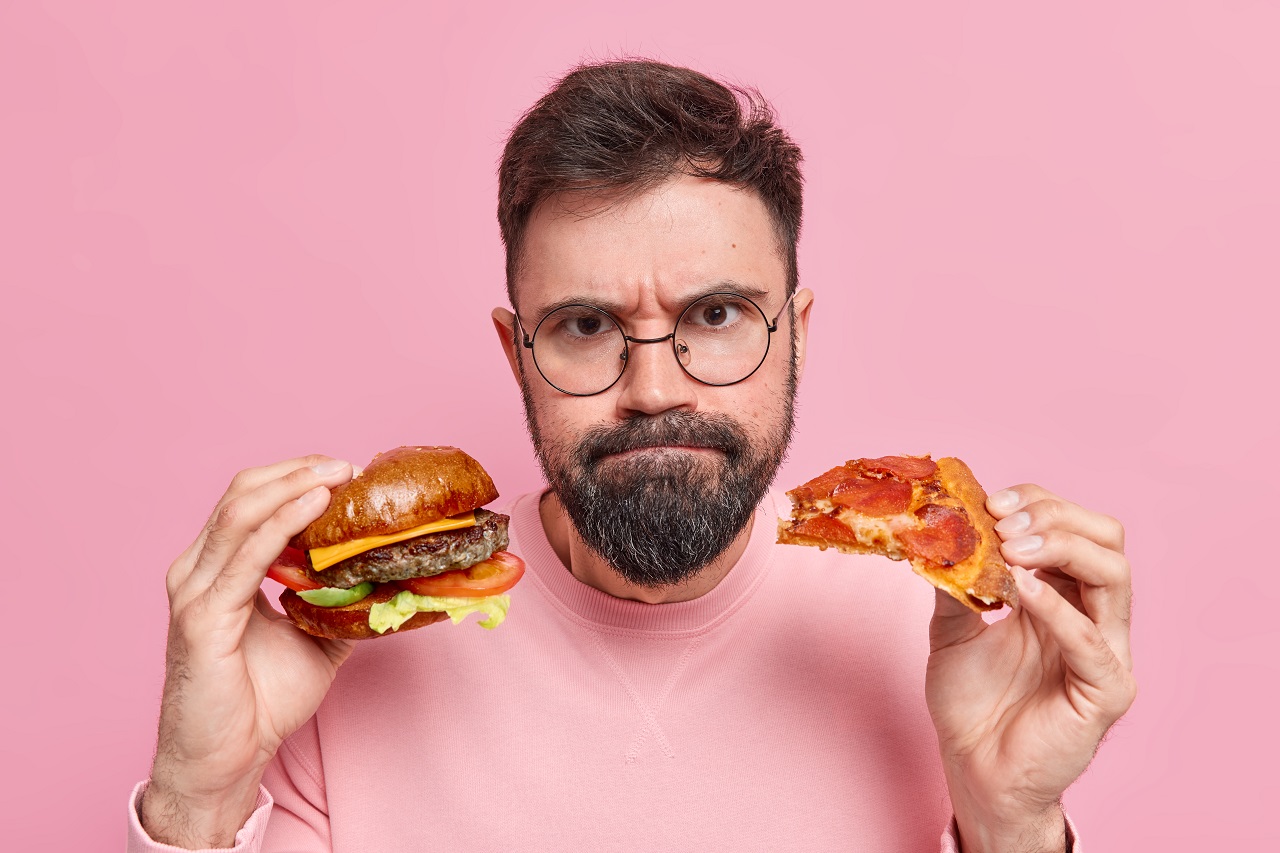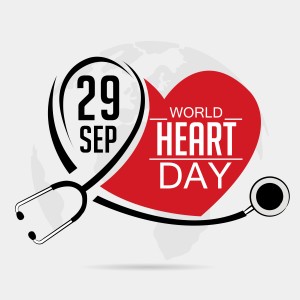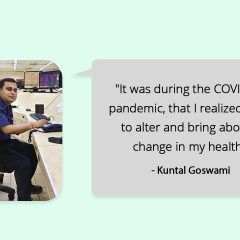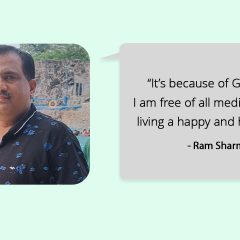
“Fat” used to be a bad word in nutrition. Years ago, your doctor might have recommended that you limit or avoid fat in your diet. You will be surprised to know that all fats aren’t bad. In fact, some ‘healthy fats’ lower your cholesterol level and help keep you healthy.
What are Dietary Fats?
Dietary fats are essential to give your body energy and to support cell growth. They also help protect your organs and help keep your body warm. Fats help your body absorb some nutrients and produce important hormones too. Your body definitely needs fat.
Healthy Fats vs Unhealthy Fats
Since fats are an important part of a healthy diet, rather than adopting a low-fat diet, it’s more important to focus on eating more beneficial “good” fats and limiting harmful “bad” fats.
1. Monounsaturated fats and polyunsaturated fats are known as the “good fats” or “healthy fats” because they are good for your heart, your cholesterol, and your overall health. Adding more of these healthy fats to your diet may help to make you feel more satisfied after a meal, reducing hunger and thus promoting weight loss.
Sources: Olives, Avocado, Nuts, Peanut butter, flaxseed, walnut, soymilk, tofu.
2. Unhealthy or “Bad” fat are the Trans Fats. Small amounts of naturally occurring Trans Fats can be found in meat and dairy products but it is artificial Trans Fats that are considered dangerous. This is the worst type of fat since it not only raises bad LDL cholesterol but also lowers good HDL levels.
Sources: Commercially-baked pastries, cookies, doughnuts, muffins, cakes, pizza dough, Fried foods (French fries, fried chicken, chicken nuggets, breaded fish), Anything containing hydrogenated or partially hydrogenated vegetable oil, even if it claims to be “Trans Fat-Free”.
3. Saturated fats, while not as harmful as Trans Fats, can raise bad LDL cholesterol and too much can negatively impact heart health, so it’s best consumed in moderation.
Sources: Red meat, butter, ice cream, chicken skin.
Tips to Add More Healthy Fats to Your Diet
Instead of obsessively counting fat grams, aim for a diet rich in a variety of vegetables, fruit, nuts, and beans, with two or more weekly servings of fatty fish, moderate amounts of dairy, small amounts of red meat, and only occasional fried or processed meals.
- Say NO to Trans Fats from your diet. Check food labels for Trans Fats. Limiting commercially-baked goods and fast food can go a long way.
- Limit your intake of saturated fats by replacing some of the red meat you eat with beans, nuts, poultry, and fish, and switching from whole milk dairy to lower fat versions.
- Prefer Omega-3 Fats: Include a variety of fish sources as well as plant sources such as walnuts, ground flax seeds, flaxseed oil, canola oil, and soybean oil.
- Cook With Olive Oil: Use olive oil for stovetop cooking rather than butter, stick margarine, or lard. For baking, try canola oil.
- Eat More Avocados: Try them in sandwiches or salads. Along with being loaded with heart- and brain-healthy fats, they make for a filling meal.
- Go Nuts: You can add nuts to vegetable dishes, use them instead of breadcrumbs on chicken or fish, or make your own trail mix with nuts, seeds, and dried fruit.
- Snack on Olives: Olives are high in healthy monounsaturated fats and make for a low-calorie snack.
- Dress Your Own Salad: Commercial salad dressings are often high in unhealthy fat or added sugars. Create your own healthy dressings with olive, flaxseed, or sesame oils.
Want to know some Healthy Fat based recipes? Stay tuned for the next part of the article!
We hope this article helps you make more informed decisions on eating healthy fats. Do leave your thoughts in the comments below. For more on nutrition, check out Healthy Reads or speak to a GOQii Coach by subscribing for Personalised Health Coaching here.
#BeTheForce



 3. Uttanasana helps relax the muscles and eases the mind. It lowers high blood pressure and ensures that your heart remains healthy!
3. Uttanasana helps relax the muscles and eases the mind. It lowers high blood pressure and ensures that your heart remains healthy!
 5. Trikonasana or Triangular Pose relaxes the mind and calms down anxiety levels. This pose also opens and strengthens the chest area, and improves the digestive system.
5. Trikonasana or Triangular Pose relaxes the mind and calms down anxiety levels. This pose also opens and strengthens the chest area, and improves the digestive system. 6. Shavasana is another ideal asana for heart patients. This asana helps in repairing cells and tissues. It reduces blood pressure and assists in developing a better balance of the air element in the body.
6. Shavasana is another ideal asana for heart patients. This asana helps in repairing cells and tissues. It reduces blood pressure and assists in developing a better balance of the air element in the body. 7. Bhujangasana or The Cobra Pose is good for heart patients as it expands the chest area and relaxes muscles. As a result, blood circulation gets better and the heart feels reinvigorated.
7. Bhujangasana or The Cobra Pose is good for heart patients as it expands the chest area and relaxes muscles. As a result, blood circulation gets better and the heart feels reinvigorated.




